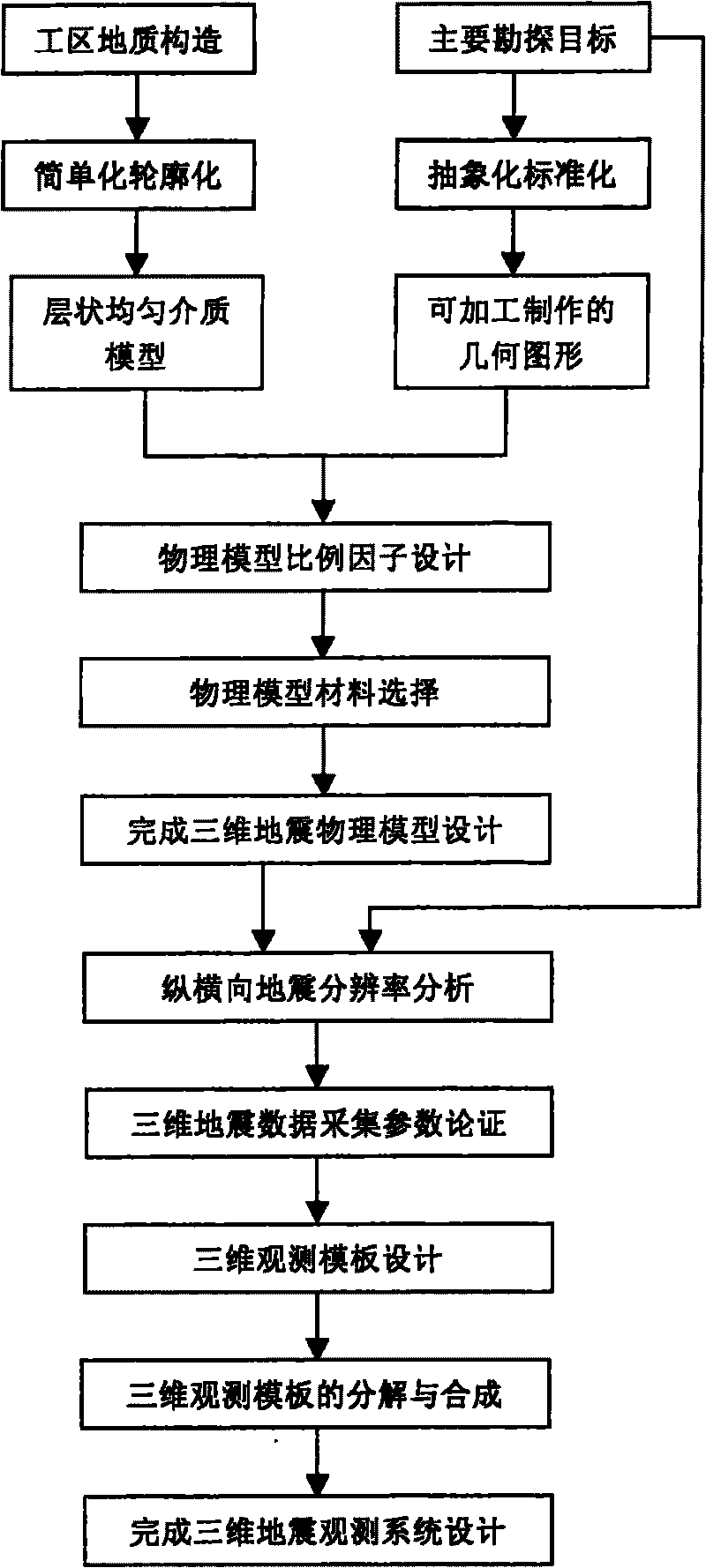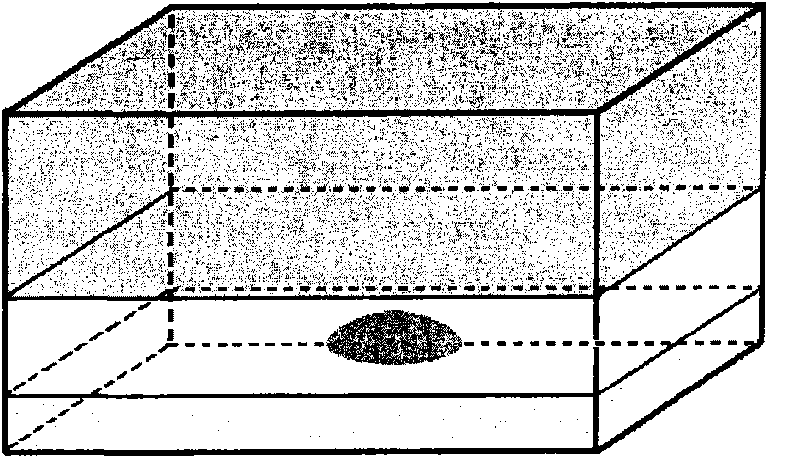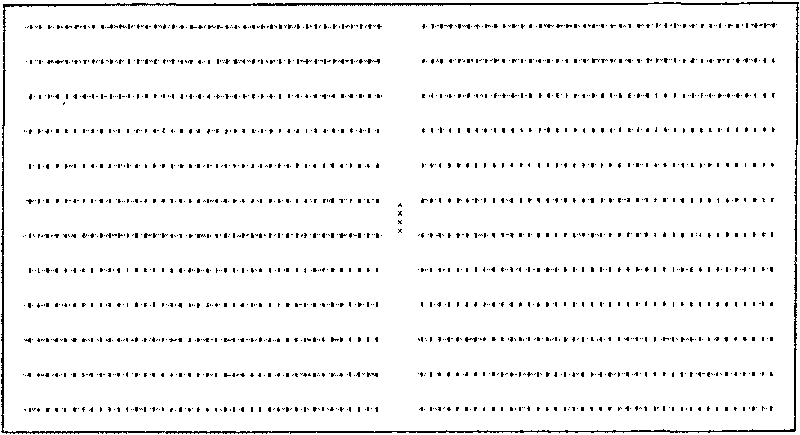Data acquisition designing method in three-dimensional seismic physical simulation
A 3D seismic and physical simulation technology, applied to seismic signal processing, seismic signal receivers, etc., to improve acquisition efficiency and improve acquisition quality
- Summary
- Abstract
- Description
- Claims
- Application Information
AI Technical Summary
Problems solved by technology
Method used
Image
Examples
Embodiment 1
[0034] Example 1: Design of 3D Seismic Physical Model of Buried Hill Structure
[0035] Restricted by model material selection and processing technology, exploration targets with relatively complex three-dimensional geometric figures must be contoured first, and then properly regularized, and can even be further abstracted into a standard figure of geometry. For example, buried hill structures, salt dome structures or dome structures can be abstracted into a standard spherical cap geometry, see figure 2 .
Embodiment 2
[0036] Example 2: Scale Factor Design Skills for Earthquake Physical Models
[0037] There are four scaling factors in earthquake physics simulation: medium velocity ratio, geometric length ratio, time sampling ratio or vibration frequency ratio, but these four scaling factors are not all independent. For example, period (time) and frequency are reciprocals of each other, which can be regarded as the same factor, and 1 of 4 is removed, leaving 3. The length is equal to the speed times the time, which means that only any 2 of the remaining 3 factors are independent factors, and the technique for selecting these two independent factors is as follows.
[0038] Both the main frequency of the laboratory excitation probe and the main frequency of the seismic wave in the actual work area are known, so the factor of frequency should be considered first. The practical ultrasonic frequency range is very wide, generally in 10 4 ~107 Hz, but the excitation probes used in earthquake phys...
Embodiment 3
[0039] Example 3: Design and calculation of three-dimensional coverage times
[0040] In the second chapter of the authoritative book "Design and Construction of Land 3D Seismic Exploration", Andreas Cordsen (translated by Yu Shoupeng, etc.) expounded the formula for calculating the vertical and horizontal coverage times of the wire beam type 3D observation system: "Definition of vertical coverage times Similar to the number of coverage of two-dimensional data", that is, the number of longitudinal coverage Fi = (number of receiving channels × track spacing) / (2 × distance between guns); "the number of coverage in the horizontal line direction is very simple, which is half of the number of receiving lines in the array ". The above formula for calculating the number of horizontal coverages is just a special case. In fact, the number of horizontal coverages can be designed to be 1 / 2, 1 / 4 or 1 / 8 of the number of receiving lines. Therefore, a generalized calculation formula needs ...
PUM
 Login to View More
Login to View More Abstract
Description
Claims
Application Information
 Login to View More
Login to View More - R&D
- Intellectual Property
- Life Sciences
- Materials
- Tech Scout
- Unparalleled Data Quality
- Higher Quality Content
- 60% Fewer Hallucinations
Browse by: Latest US Patents, China's latest patents, Technical Efficacy Thesaurus, Application Domain, Technology Topic, Popular Technical Reports.
© 2025 PatSnap. All rights reserved.Legal|Privacy policy|Modern Slavery Act Transparency Statement|Sitemap|About US| Contact US: help@patsnap.com



